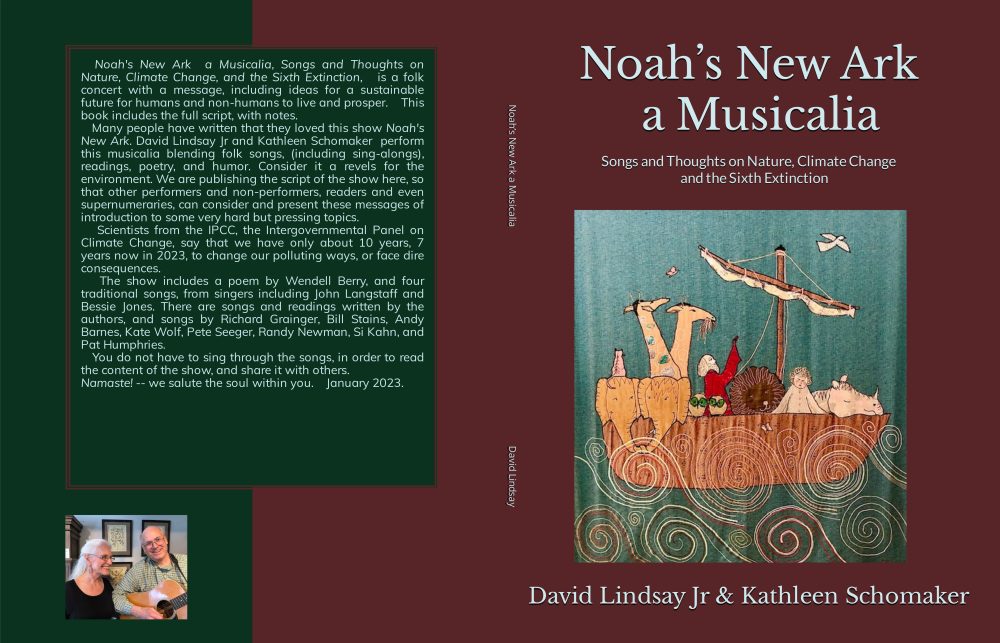Manuela Andreoni and
Andreoni reported from Rio de Janeiro and Abraham from New York
“Over the last century, governments around the world have drawn boundaries to shield thousands of the world’s most valuable ecosystems from destruction, from the forests of Borneo and the Amazon to the savannas of Africa.
These protected areas have offered lifelines to species threatened with extinction, supported the ways of life for many traditional communities and safeguarded the water supplies of cities.
But reserves are facing increasing pressure, their boundaries largely disregarded as people cut down trees and push deeper into the ecosystems set aside for protection.
Now, high in orbit, a new way of seeing forests is making it clear that, even when under assault, protected areas can still be a crucial buffer against climate change. Scientists are using laser technology to gauge the biomass of forests all around the world, which lets them calculate how much planet-warming carbon the trees are keeping out of Earth’s atmosphere.” . . . .




